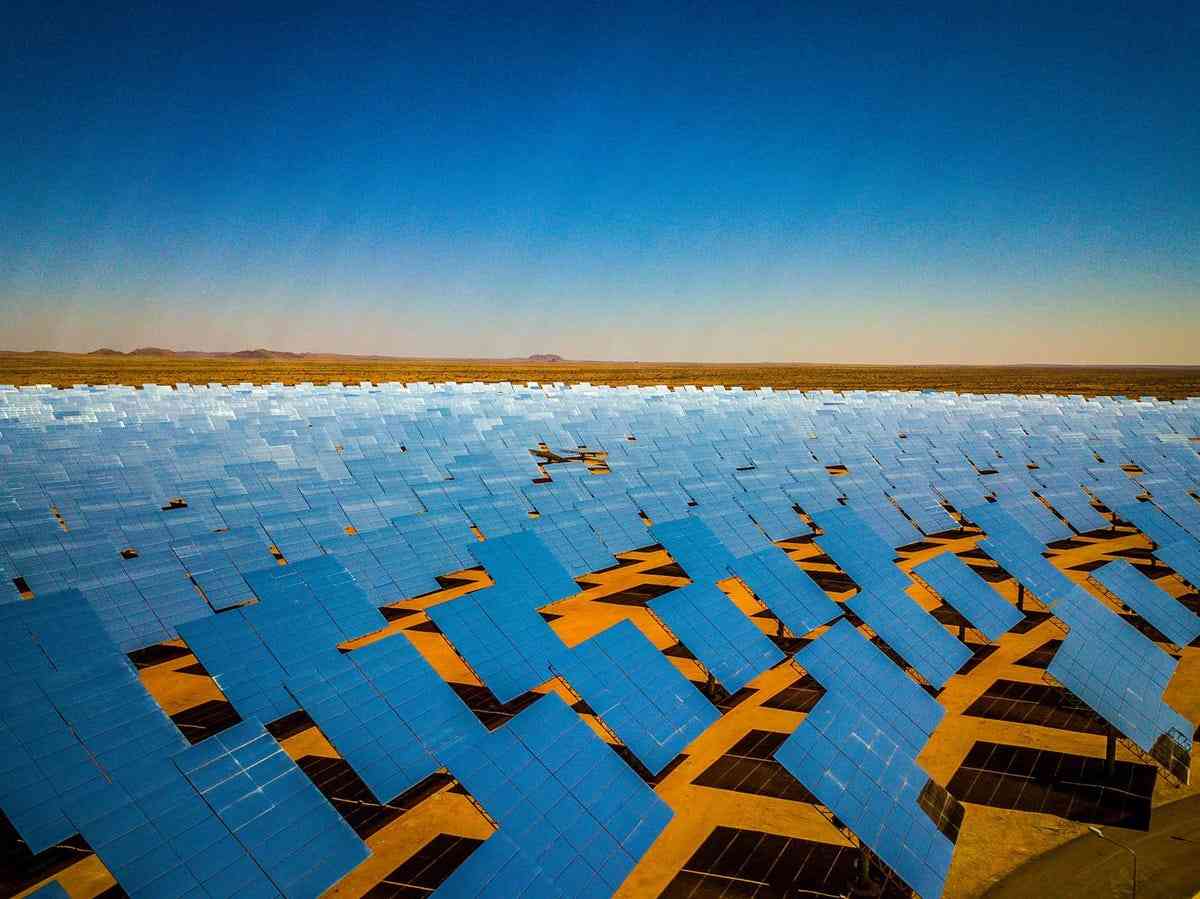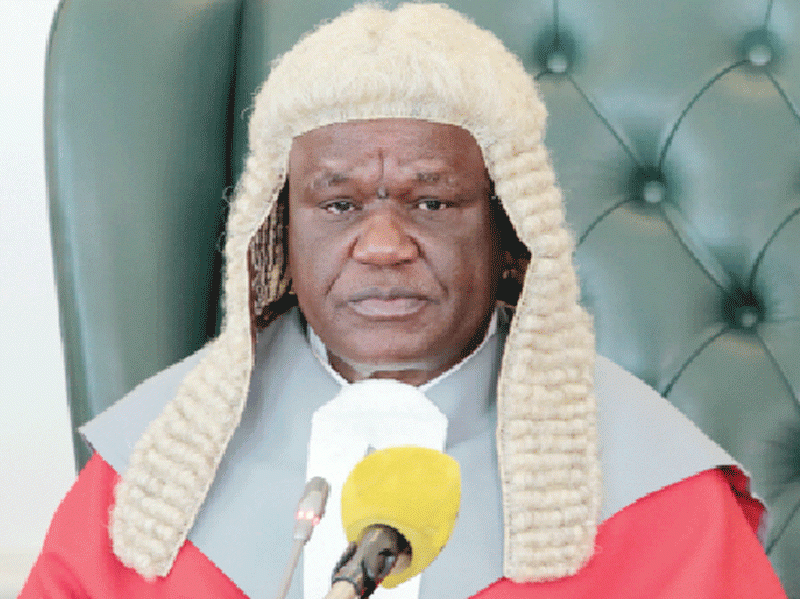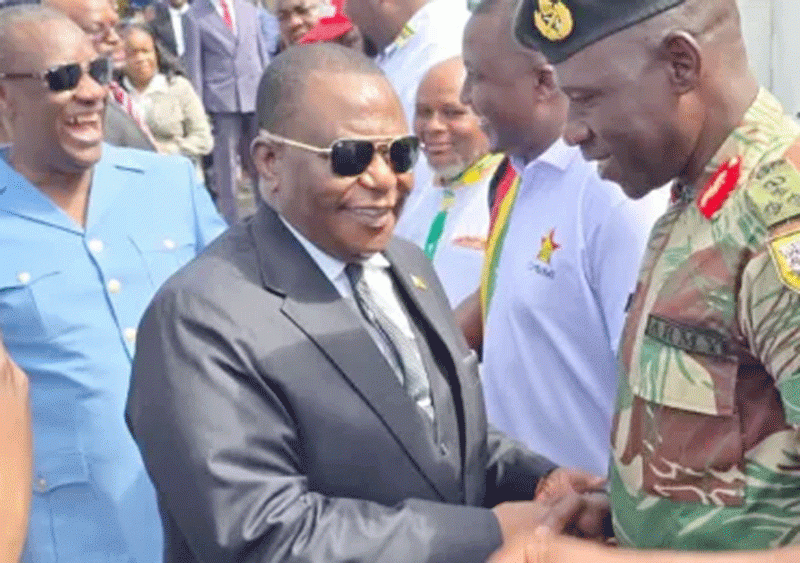
The transition to renewable energy in Africa has been progressing impressively over the last decade, with many countries working to increase renewable energy capacity in recent years.
Forecasts by the International Renewable Energy Agency (IRENA), the intergovernmental organisation mandated to facilitate cooperation, advance knowledge and promote the adoption and sustainable use of renewable energy, indicate that with the right policies, regulation, governance and access to financial markets, sub-Saharan Africa could meet up to 67 per cent of its energy needs by 2030.
Adnan Amin, the director-general of IRENA, says a lot of countries in Africa are increasingly embracing renewables as an enabler to leapfrog to sustainable energy future.
“As a promising sign of things to come, several African countries have already succeeded in making steps necessary to scale up renewables, such as adoption of support policies, investment promotion and regional collaboration,” Amin said at the 9th Session of the agency’s Assembly, held in Abu Dhabi last year.
According to the International Renewable Energy Agency, countries like Egypt, Ethiopia, Kenya, Morocco and South Africa have shown firm commitment towards accelerated use of modern renewable energy and are leading energy transition efforts, while some of Africa’s smaller countries including Cape Verde, Djibouti, Rwanda and Swaziland have also set ambitious renewable energy targets. Others are following suit, and renewable energy is on the rise across the continent.
For example, Africa has shown great progress in the development of its solar energy markets over the recent years, with the continent experiencing a growth of over 1.8W of new solar installations, mainly driven by five countries; Egypt, South Africa, Kenya, Namibia and Ghana.
At the same time, Daniel-Alexander Schroth, the acting director for Renewable Energy and Energy Efficiency at the African Development Bank (AfDB) exudes confidence that things are heading to the right path and Africa’s renewable energy is on accelerated growth.
“We recently saw Solar PV tariffs below $.04 making it the cheapest form of electricity generation and the logical choice for additional capacity,” Schroth told Africa Renewal.
- New perspectives: Building capacity of agricultural players in Zim
- I am not scared: AfDb chief shrugs off Africa food crisis
- New perspectives: Building capacity of agricultural players in Zim
- Xenophobic attacks against Zimbabweans barbaric
Keep Reading
Over the past few years, Africa’s renewable energy solutions have proven to be economically viable, he says, underpinned by significant innovations across technologies. In particular, the costs for electricity from utility-scale Solar photovoltaics (PV) fell 82% between 2010 and 2019, while similar trend in wind project reflected a 50-60% decline between 2010-2019.
Consequently, Africa’s renewable energy mix has gradually shifted from traditional hydropower and thermal plants to renewable solutions to both accelerate energy access and support sustainable economic growth.
For instance, more than a third of Morocco’s electricity is already renewable, thanks to the Noor Quarzazate Solar Power Station, the world’s largest concentrated solar power farm.
A 2019 report by the International Renewable Agency report: ‘Scaling up Renewable Energy in Deployment in Africa’, noted that the continent is endowed with substantial renewable energy resources, and it is in a position to adopt innovative sustainable technologies and play a leading role in global action to shape sustainable energy future.
At the AfDB, Schroth says it is critical to support project development activities from initiation to full investment maturity, to increase the number of bankable projects. He noted that it is also vital to mitigate risks to attract private investors by providing partial risk guarantees, and increase the role for concessional investments such as blended debt and grant instruments.
“Most importantly, we must mobilise capital markets and local financial institutions; create facilities dedicated to scaling up renewable energy investment; and offer technical assistance to national and regional institutions, regulators, and utilities to create an enabling environment and a harmonized regulatory framework,” says Schroth.
Bank facility
The AfDB-incubated Facility for Energy Inclusion (FEI), Schroth says, is a good example of a programme that can accelerate the deployment of renewable energy solutions. The facility is an investment platform operating through two dedicated funds created to provide debt financing to off-grid, mini-grid and small-scale on-grid renewable energy projects.
According to the International Energy Agency’s 2020 report, renewables are set to lead the global electricity sector.
Cost reductions and sustained policy support are expected to drive strong renewables growth beyond 2022.
Despite the challenges emerging from the Covid-19 pandemic, the fundamentals of renewable energy expansion have not changed. Renewable energy in Africa is set to surge and make up almost half of power generation growth in the sub-Saharan parts of the continent by 2040.
—Renewable Africa










